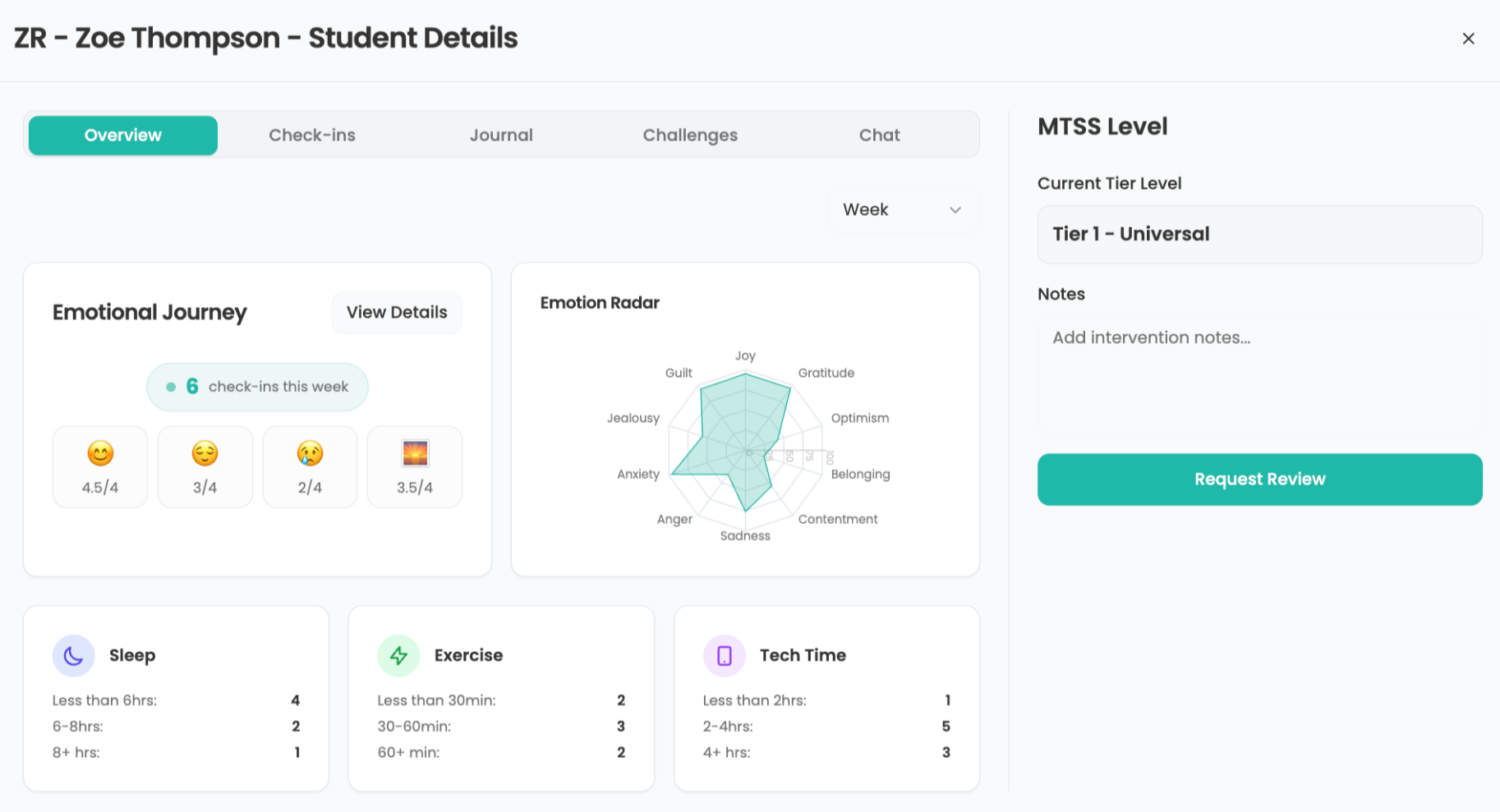5 Ways Curriculum and Technology Leads Can Better Work Together to Support Students

Writing curriculum is one of the most exciting activities in education.
Ok, you’re laughing, aren’t you? I know that most educators may not believe this is true, mainly because of their past experiences developing curriculum. However, in today’s educational world, we have so many new tools and resources to make learning engaging and fun for students that building curriculum CAN actually be fun and rewarding. However, for this to occur, curriculum and technology leaders need to collaborate as never before. In my work as Senior Vice President of Teaching and Learning for Discovery Education and in my previous life as the Assistant Superintendent for Curriculum, Instruction and Assessment in Pennsylvania’s Boyertown Area School District, I’ve seen some great examples of how a close partnership between curriculum and technology leaders can create outstanding curriculum that engages both teachers and students. Here are some ways to begin to build that partnership:
First and foremost, work on the same team.
In many of the school systems across the country, the curriculum and technology departments are separate entities. Yet, in order to ensure an aligned and articulated curriculum—which is critical to student success—the decisions to purchase technology resources must be informed by what is taught in the curriculum. While this sounds like common sense, it doesn’t always happen due to organizational structures within a school system. I recently experienced this with a district who was preparing to provide professional learning for their teachers on how to develop lessons with digital content from Discovery Education Streaming. The curriculum department was planning the session. The technology department decided to reduce the licensing of all of their digital content due to budgetary constraints. Needless to say, this resulted in a great deal of unnecessary effort which could have been avoided if the two teams were actually one. Where the curriculum and technology teams are separate, an ongoing, active and honest dialogue must be established to ensure these important teams are in sync.
Recognize the integration of digital content into instruction is now of best practice, not an addition to it.
As curriculum leads continue the important task of designing standards-based, innovative curriculum, our mindset about best practices needs a shift. That is, in this 21 century where we are preparing students for jobs that don’t yet exist, digital learning experiences are an integral part of preparing students for college and careers. Whether our students apply to college through an online application or head to a technology-based career, they will, in most cases, use digital tools and resources to do their future work. Therefore, we need to equip students with the skills and strategies they need to use digital content as a learning tool. This understanding must be recognized and should be the bedrock upon which a partnership between a school system’s technology and curriculum teams is built.
Develop a collaborative process to ensure the integration of high quality digital content.
Tools and ideas to transform education. Sign up below.
Educators are now awash in a sea of digital content. However, not all digital content is high quality. Curriculum and technology leads should develop a process to ensure that whatever resources are chosen, they are of the highest quality. Some markers of high quality digital content include:
· The ability to improve the vocabulary of the youngest learners.
· The ability to break down barriers to learning for all students.
· The ability to provide all students multiple ways to show proficiency
· The ability to engage all students in high-level thinking
In some districts, a collaborative process through which curriculum and technology leads use these “look fors” and more to choose content for inclusion in their curriculum is now the norm. I would encourage this in all school systems.
Help teachers understand the effective integration of content knowledge, technology and pedagogy
Curriculum and technology leads should partner to help teachers understand that the combination of high quality digital content, robust digital tools and resources, and effective instructional practices is the secret sauce to the engagement and achievement of all students. One of the ways to do this is through professional learning. For example, a powerful professional learning immersion that Discovery Education specialists do with teachers is to give them content from different subject areas, pedagogical practices and digital tools, each written out on strips of paper. Teachers determine what content would be best taught with which pedagogical strategy through the integration of which digital tool. This is an easy, yet effective, professional learning session that brings curriculum and technology together, and engages teachers in the thoughtful process of explicit decision-making on the pedagogy and the technology that will work most effectively for the learning of the students.
Partner to plan professional learning that is curriculum-based and technology-immersive
The research is clear: ongoing, rigorous, sustained, professional learning related to what teachers do in their classroom works. However, because technology can change some of the pedagogical variables within instruction, today’s professional learning needs to be created jointly by curriculum and technology leads. For example, today’s technology can now provide students leveled reading resources by lexile. To properly match readers to the appropriate texts, teachers need professional learning that immerses them in how to use this type of technology in combination with the curriculum they are delivering in their classrooms. The integration of technology into curriculum demands a type of professional learning that is different from what school leaders have traditionally offered. This means that curriculum and technology leads, more than ever before, should collaboratively design professional learning opportunities that support teachers in our new digital learning environments.
These are just a few ways to get started in building a collaborative relationship between a district’s curriculum and technology teams. However, the number one way to get started is to stop and think, “What’s best for students?” When that question is placed on the table, it becomes very easy to shelve the turf wars that have sometimes existed between the two teams so critical to the future success of our students.
Dr. Karen Beerer is Discovery Education’s Senior Vice President of Teaching and Learning. She began her career as a classroom teacher, but also served as a reading specialist, an elementary school principal, and as a Supervisor of Curriculum and Professional Development. Prior to joining Discovery Education, she served as the Assistant Superintendent for Curriculum, Instruction and Assessment in the Boyertown Area School District (PA) for 8 years.
